When Summer Sunshine Turns Risky
Summer in Santa Monica offers an abundance of sunshine, surf, and opportunities for outdoor adventures with our pets. But along with all the fun comes a serious responsibility: protecting our animals from the dangers of extreme heat. Dogs and cats don’t experience heat the way humans do. They rely on us to make smart, informed decisions that can prevent heatstroke, paw injuries, dehydration, and other warm-weather hazards.
At Santa Monica Veterinary Group, we’re passionate about helping you keep your pet safe, comfortable, and thriving all year long—especially during the hottest months. Let’s walk through the essential strategies to ensure a happy, heat-safe summer.
Understanding Why Pets Overheat More Easily Than People
Unlike humans, pets don’t have sweat glands distributed throughout their bodies. Dogs primarily regulate heat through panting and a limited number of sweat glands located in their paw pads. Cats are even more subtle in their cooling behaviors. With fur-covered bodies, high humidity, and no way to ask for water, pets are more vulnerable to overheating than we are.
Your Role as Their Advocate
- Never leave a pet in a parked car, even with the windows cracked.
- Ensure constant access to fresh, cool water.
- Provide shade throughout the day—remember, shade shifts.
- Avoid tying pets out unsupervised or leaving them outdoors for extended periods.
- Groom pets regularly, especially double-coated breeds, to remove excess undercoat that traps heat and moisture.
Our pets often won’t stop playing until it’s too late. Be the voice of reason—they’re counting on you to know when to take a break.
Who’s at the Greatest Risk? Know Your Pet’s Vulnerability
Some animals are more prone to heat-related issues than others. High-risk groups include:
- Flat-faced (brachycephalic) breeds like Bulldogs, Pugs, and Persian cats Learn more from Purina Pro Club
- Overweight pets with reduced respiratory efficiency
- Senior pets and those with chronic heart or respiratory conditions
- Dark-coated animals, who absorb more heat from the sun
- Thick-coated or double-coated breeds who need routine grooming
If your pet falls into one of these categories, it’s especially important to avoid strenuous activity during the heat of the day and monitor them closely.
Easing into Summer Activity: Don’t Rush It
After months of cooler weather, pets (like us) may not be physically conditioned for a sudden increase in heat or exercise.
Tips for a Safe Transition:
- Begin with short walks in the early morning or evening.
- Use caution with soft winter paw pads—they can burn easily on hot pavement.
- Keep initial outings short and increase gradually.
- Groom out the winter undercoat to improve air circulation.
Read: Walking on Sunshine: How to Protect Your Pet’s Paws This Summer
Spot the Red Flags: Signs of Heatstroke
Heatstroke can escalate quickly, often within minutes. Early recognition and intervention are critical.
Mild to Moderate Symptoms
- Heavy panting or difficulty breathing
- Drooling or foaming at the mouth
- Seeking shade, reluctance to move
- Bright red gums
Severe Symptoms
- Vomiting or diarrhea
- Staggering, weakness, or collapse
- Pale or bluish gums
- Seizures or unconsciousness
Act Fast:
- Move your pet into shade or an air-conditioned space.
- Offer small sips of cool (not icy) water.
- Apply cool, damp towels to underarms, paws, and groin.
- Use a fan if available.
- Contact your veterinarian or an urgent care facility immediately.
Too Hot to Handle: A Guide to Heatstroke in Pets – AAHA
What Happens After the Crisis? Heatstroke Can Leave Lasting Damage
Even if your pet seems better after cooling down, internal injuries can occur. Monitor them closely over the next 72 hours for:
- Kidney issues (lethargy, decreased urination)
- Liver damage or clotting problems
- Intestinal complications, including vomiting or black stool
- Neurological signs: confusion, disorientation, or seizures
- Disseminated Intravascular Coagulation (DIC)
Always follow up with your vet after a heatstroke episode.
Overlooked Summer Dangers You Shouldn’t Ignore
Sunburn: Not Just a Human Problem
Light-colored pets are at greater risk of sunburn on their ears, nose, belly, and any exposed areas. UV-protective bodysuits or pet-safe sunscreen can help.
Pets and Sunscreen Myths – ASPCA
Do Dogs Need Sunscreen? – NBC News
Paw Pad Burns
Hot sidewalks and sand can reach dangerous temperatures. Always test surfaces with your hand and consider protective booties.
Eye Protection
UV rays can worsen eye conditions like pannus, especially in breeds like German Shepherds. Consider canine sunglasses (Doggles) when outdoors.
Creative Ways to Keep Pets Cool and Entertained
Summer fun doesn’t have to involve heat. Try these cooling ideas:
Water Fun
- Kiddie pools and sprinklers
- Shade-covered water play
Frozen Treats & Toys
- Ice cube treats with berries or broth
- Frozen Kongs stuffed with yogurt or soaked kibble
Cooling Gear
- Cooling vests or mats
- Ice buckets or frozen water bottles to lay near
Keeping Cool: Summer Boredom Busters for Pets
Outdoor Activity Done Right
- Walk during cooler hours (before 9 a.m. or after 6 p.m.)
- Carry extra water and take frequent breaks
- Monitor your pet’s breathing and energy levels
- Avoid overexertion at the dog park, beach, or on hikes
Staying Comfortable Indoors
When it’s too hot to go out, create a pet-friendly sanctuary inside:
- Use AC or fans to circulate air
- Provide access to tile or hardwood flooring
- Offer interactive games like scent work or puzzle feeders
- Create cozy shaded rest areas
Outdoor Cats Need Extra Caution
Free-roaming cats can easily become overheated or dehydrated.
Helpful Tips:
- Keep fresh water available in multiple outdoor spots
- Encourage your cat to stay inside during peak heat
- Watch for lethargy or signs of heat exhaustion
Cool Cats: Summer Tips for Outdoor Cats – AAHA
Other Warm-Weather Hazards You Might Not Expect
Summer BBQs
- Don’t feed pets fatty meats, grapes, onions, or bones.
Fireworks & Noise Anxiety
- Keep pets indoors during fireworks with calming music or pheromone diffusers.
Parasites & Bugs
- Use flea, tick, and mosquito prevention.
- Don’t let pets chase bees—stings in the mouth or throat can be dangerous.
Snake Bites
Know what’s in your local area and avoid tall grasses or rocky terrain during hikes.
Snake Safety by Region – CroFab
6 Summertime Dangers for Pets – AAHA
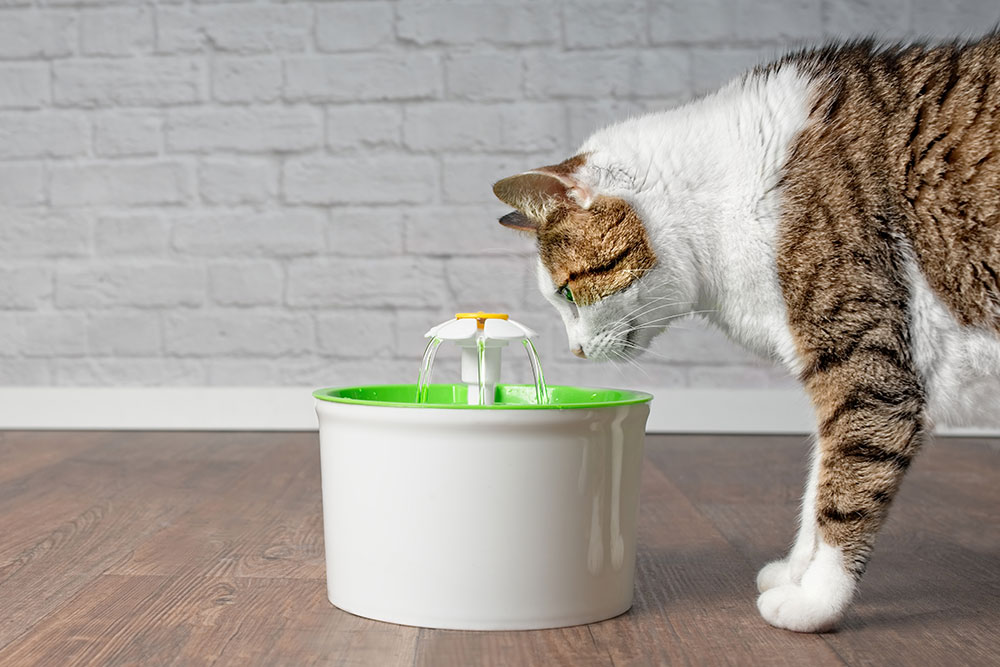
Final Tips for a Safe Summer
- Never leave your pet in a parked car—temperatures can rise over 100°F within minutes.
- Monitor humidity and heat index, not just air temperature.
- Provide access to shade and clean water at all times.
- Introduce activity gradually and take frequent cooling breaks.
Book Your Summer Wellness Exam Today
Santa Monica summers should be full of tail wags, gentle purrs, and happy memories—not emergency visits. Let us help ensure your pet is prepared for the heat with a summer wellness checkup tailored to their unique needs.
Contact Santa Monica Veterinary Group or schedule your appointment today to get started.



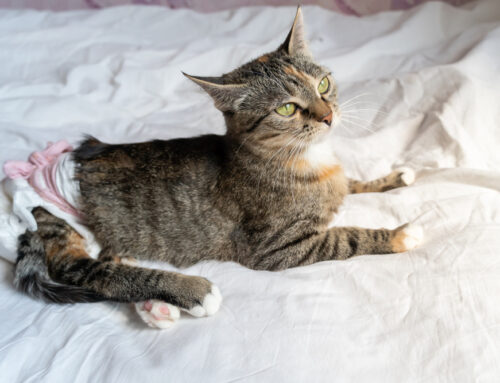
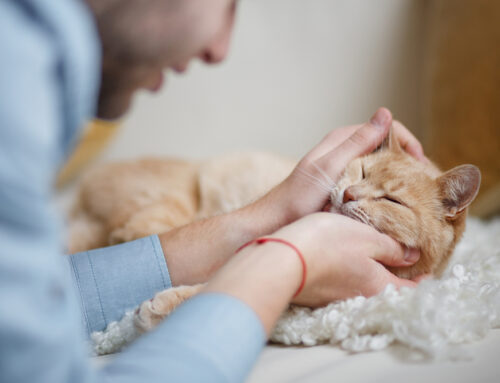
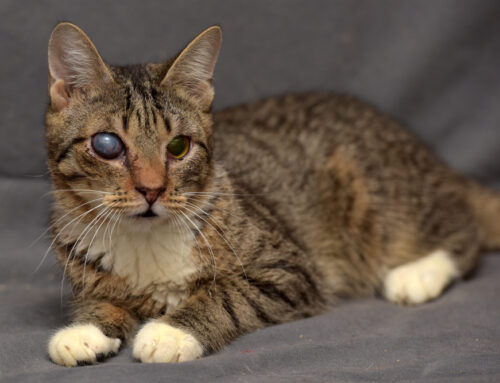
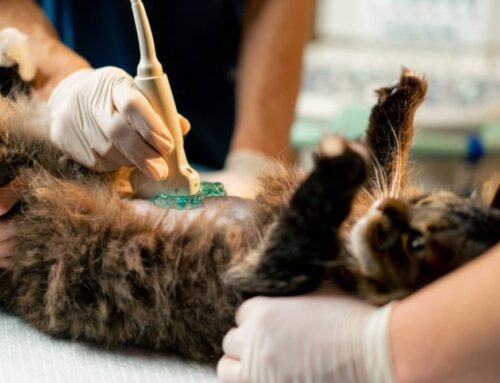
Leave A Comment